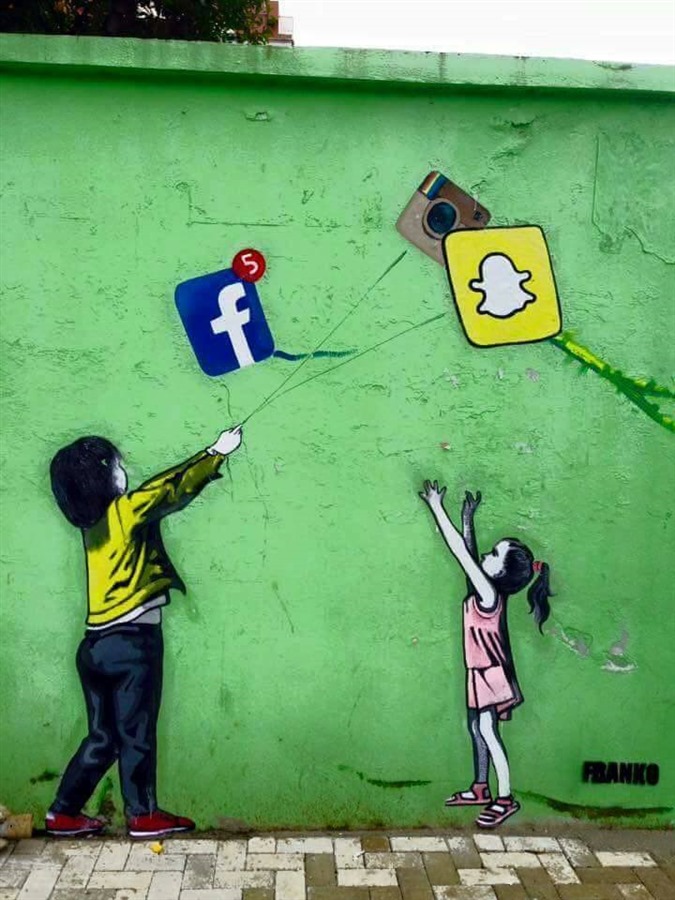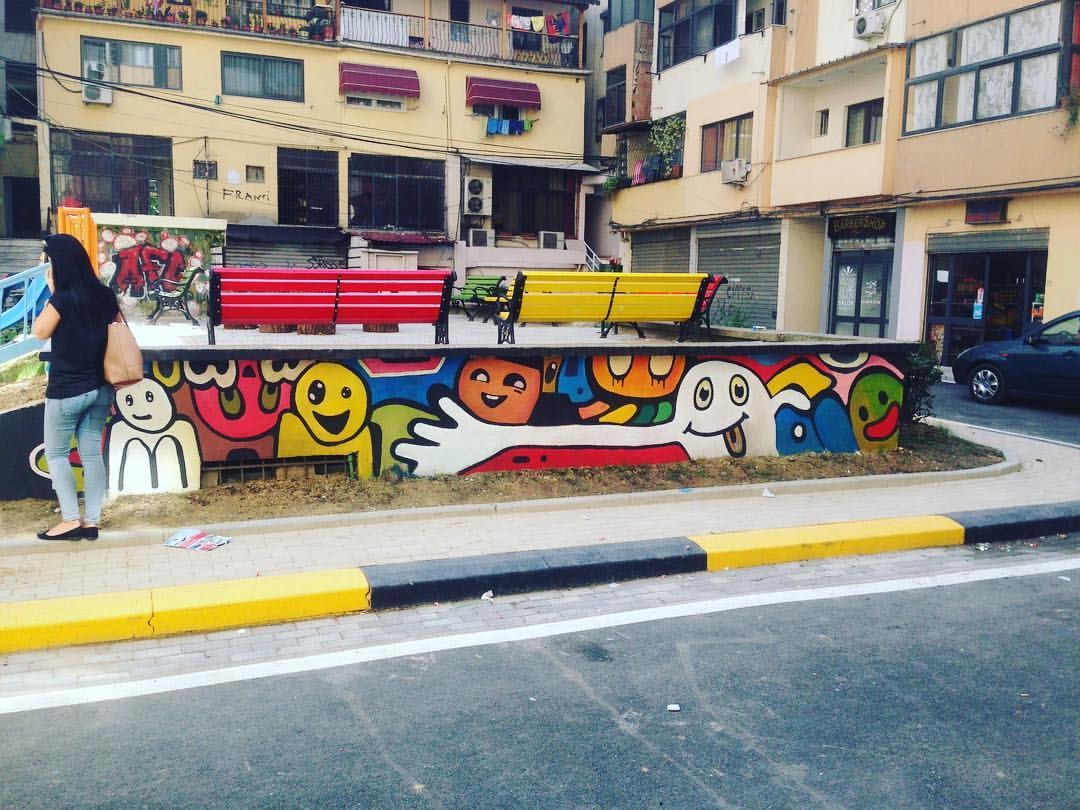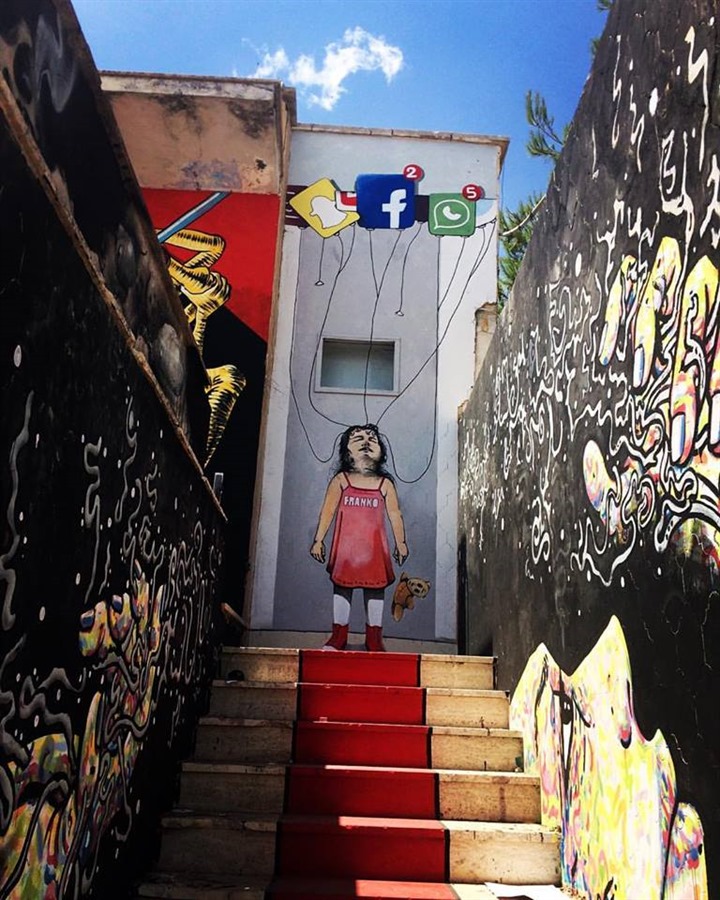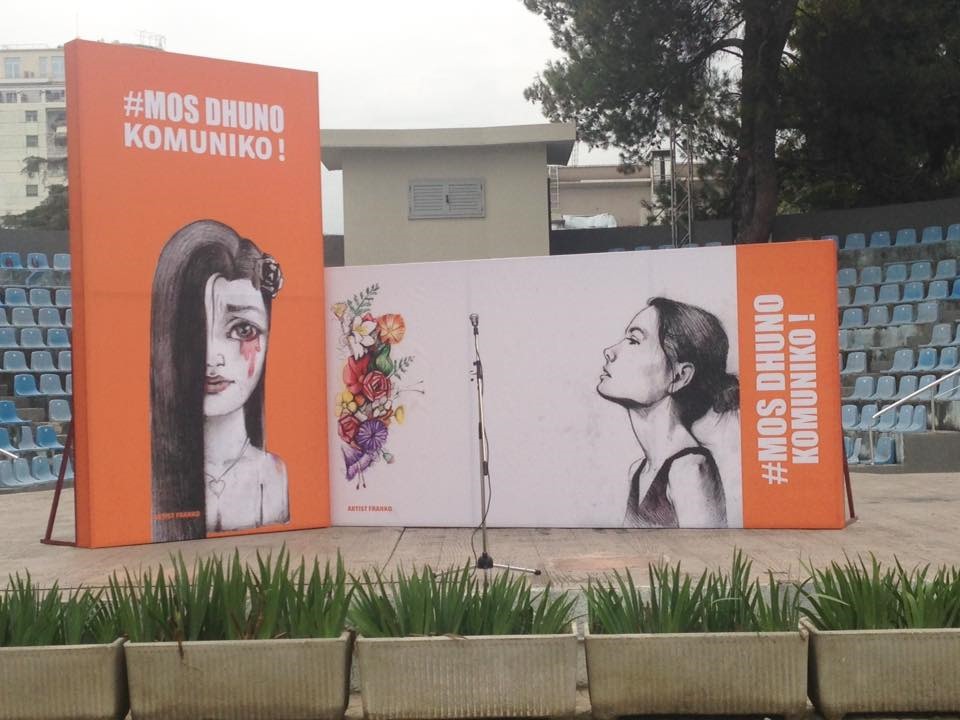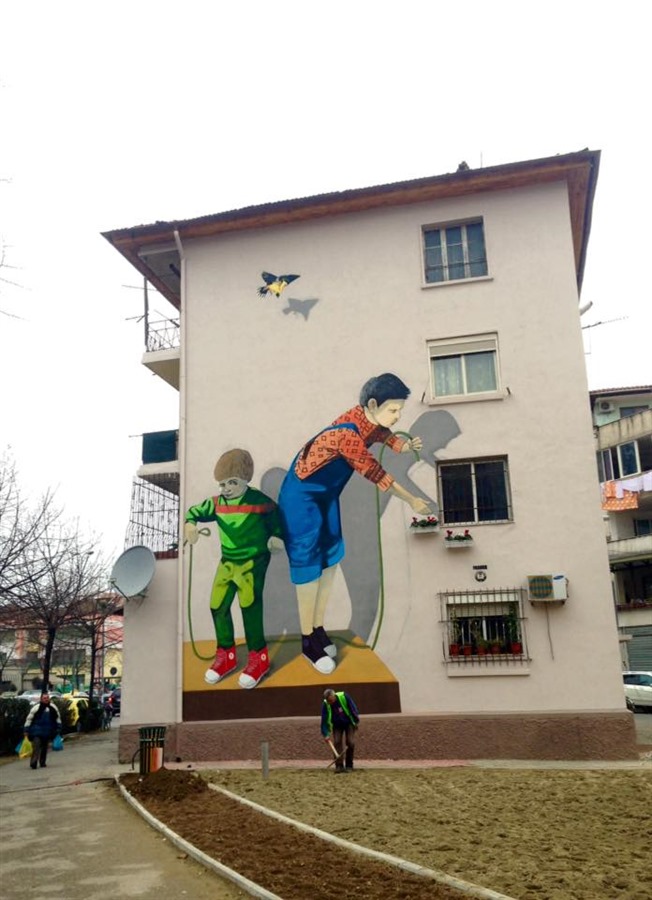
Graffiti Artist Changes Face of Albania’s Capital
Graffiti wall art was barely known in Albania before Franko Dine came along – but this groundbreaking artist is now blazing a trail for others.
Franko Dine, a 24-year-old from Albania’s southern city of Vlora, never believed that his graffiti would one day cover key buildings in the capital, Tirana, where millions could admire it.
The street artist has worked hard to succeed in a country where wall graffiti is barely understood as an art, and almost no tradition of it exists.
He is now the very first street artist employed by Tirana municipality and officially permitted to paint the city’s walls, opening up a path for the well-known world practice of urban art to flourish in Albania as well.
Franko found his way by instinct. Always good at drawing, he left paper behind and started to paint the walls of his family home when he was 16, and saw some graffiti on the internet for the first time.
“I was not sure what I was doing but painting walls become an obsession. My parents were surprised, but they not only let me draw on the walls but opened up a whole room where I could freely express myself,” he told BIRN.
After he found a name for his passion, he decided to attend the Art Academy in Tirana where could learn more about wall graffiti art.
“But I soon understood that this was impossible… wall graffiti was not even a subject at the academy, so I decided to study design,” he recalled.
In the meantime, he started to ask friends living abroad to buy him books to help him improve his technique and also send him professional markers, sprays paints, safety and protection tools that could not be found in Tirana.
“It was hard because I was practising using construction materials instead of the professional paints used all over the world for graffiti. Those are very dangerous for one’s health since they contain many chemicals,” Franko recalls.
Today, while he believes that his studies at the academy did not help him much in terms of his true passion, moving to Tirana was completely worthwhile.
He got to know the city when most of its inhabitants were fast asleep.
“During the first year, I would leave my student’s room at 1am to roam the city for hours in order to get to know it,” he said.
“I explored the city’s darkest corners, the shabbiest of facades and pointed out those walls that I could paint,” he added.
In Tirana, he also found his special niche, which was working with vulnerable children – the orphans, the poor, the disabled and the left-out.
“I would see many of them begging in the streets of Tirana and I felt that I could use my art to protest on their behalf,” he said.


